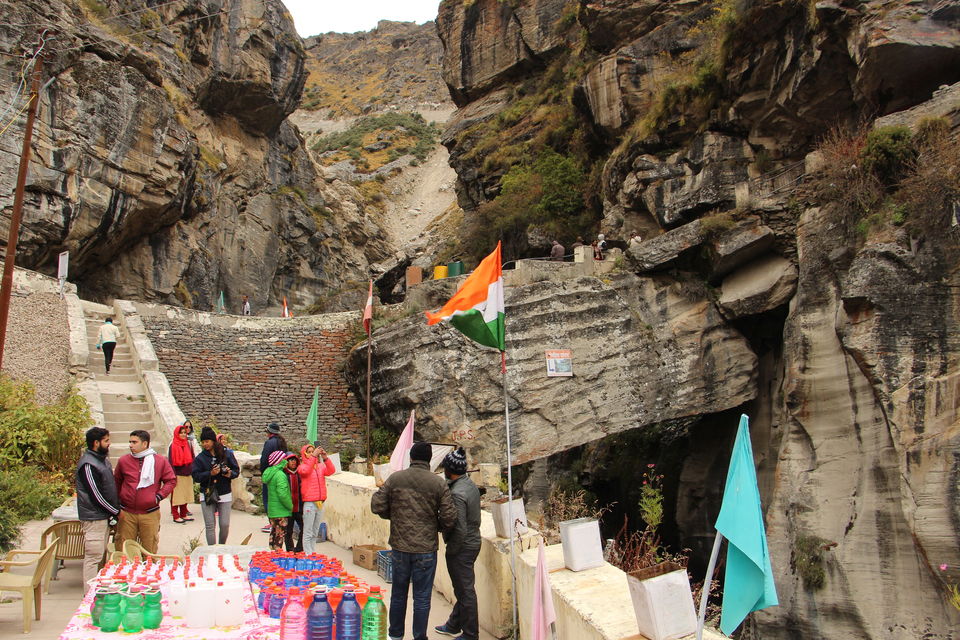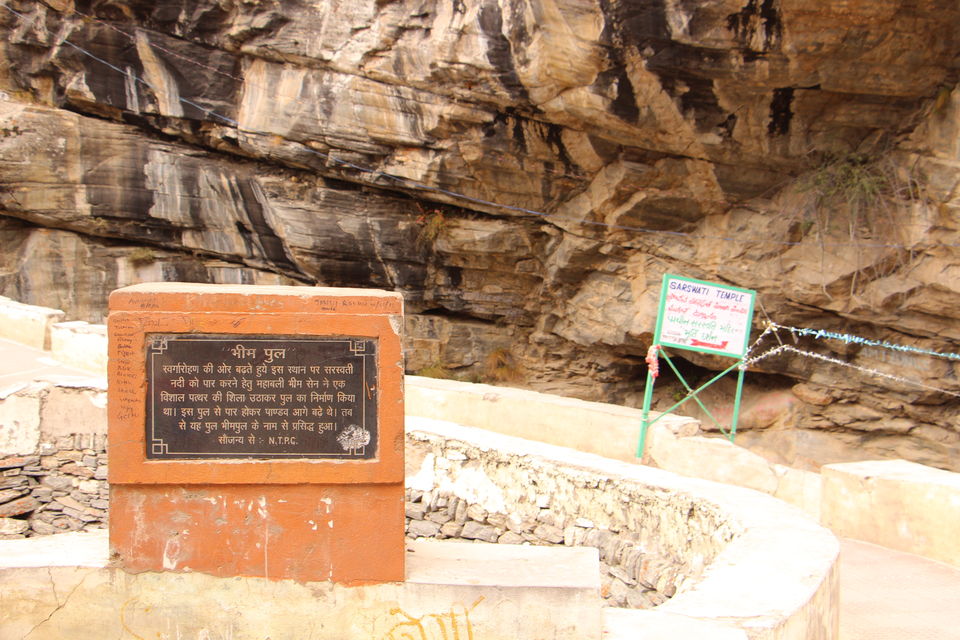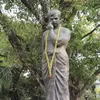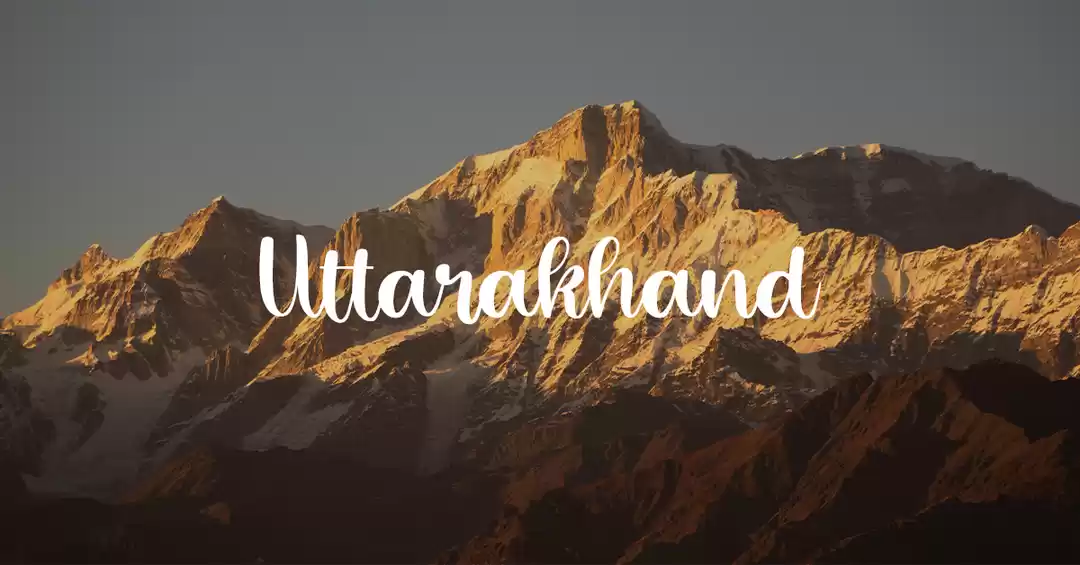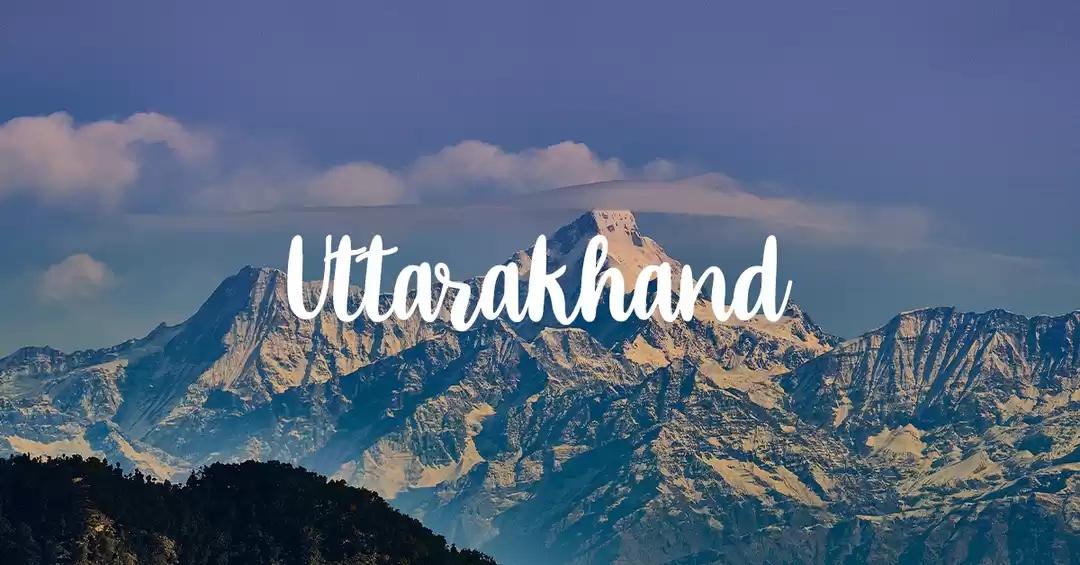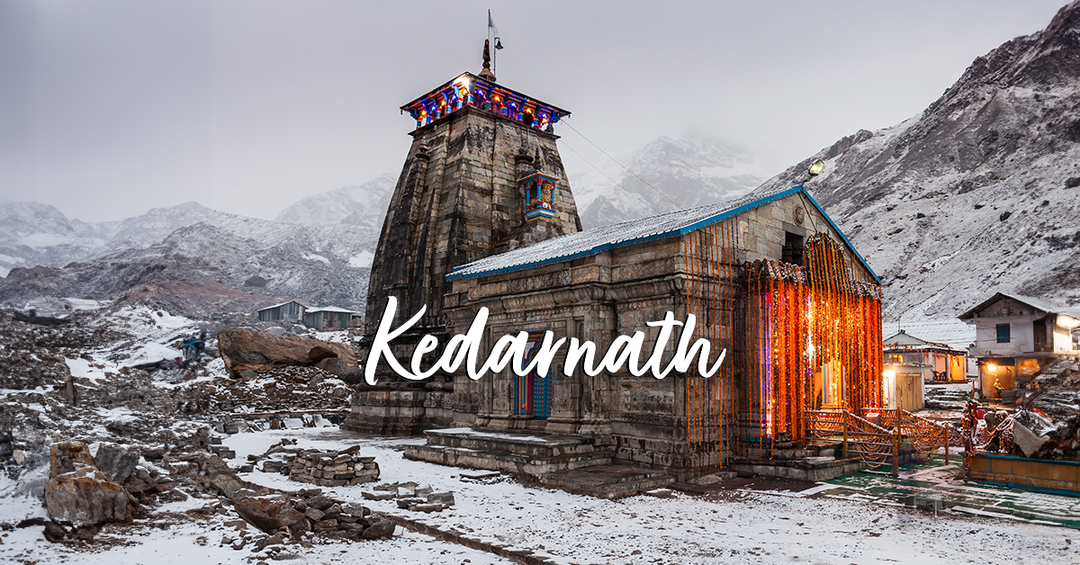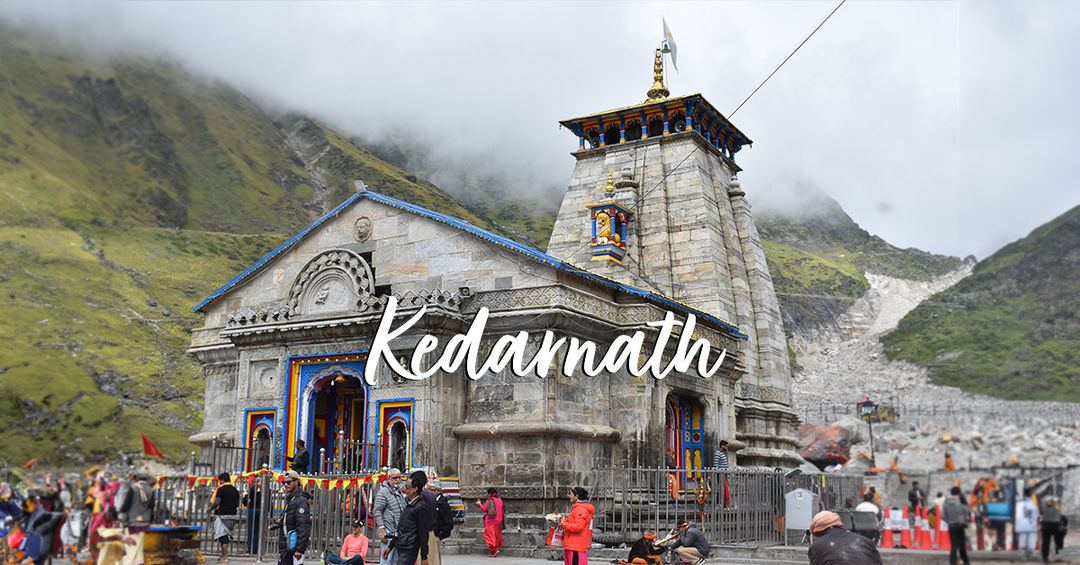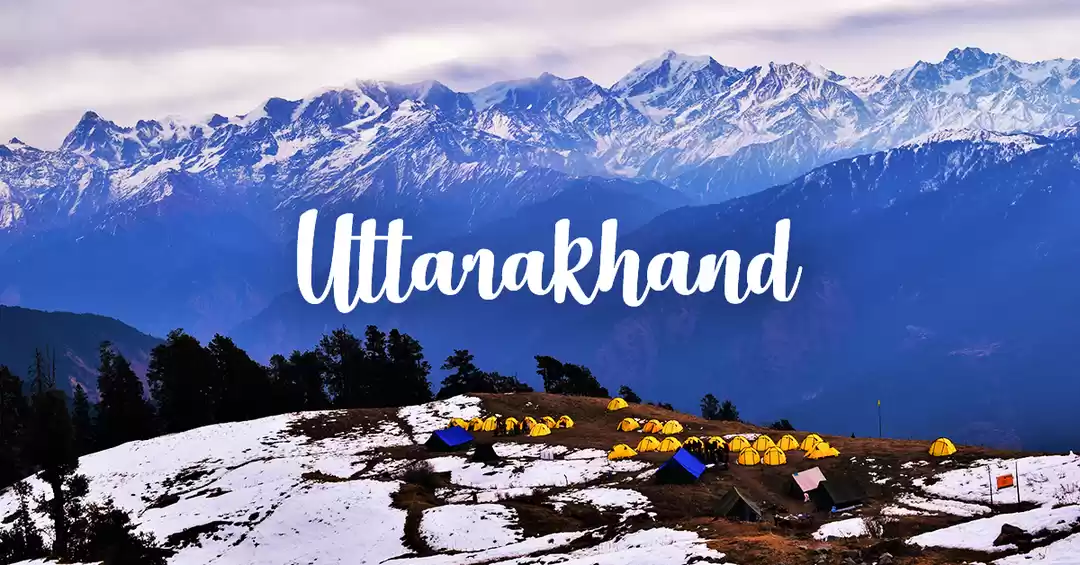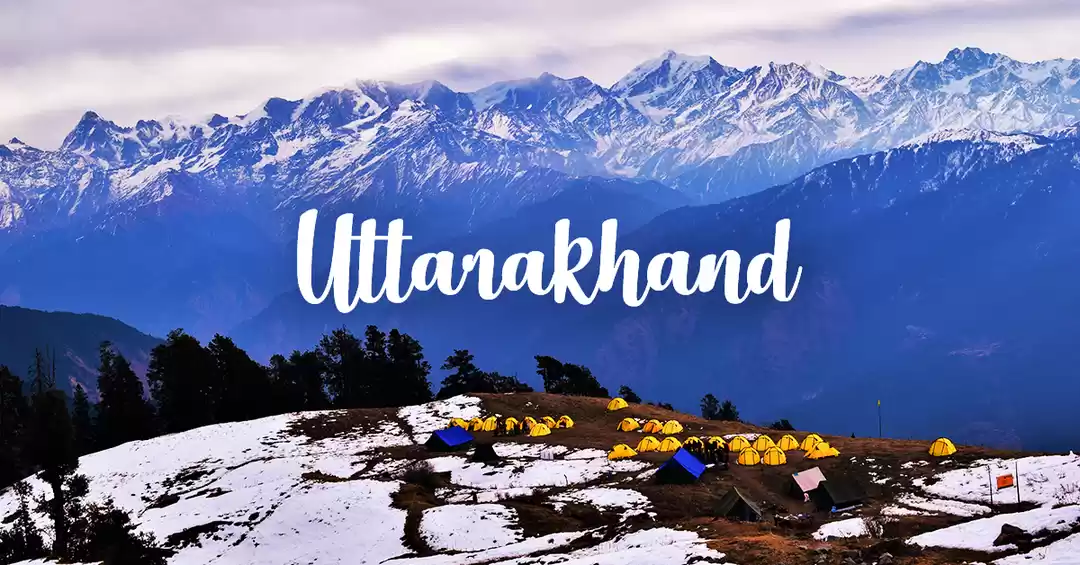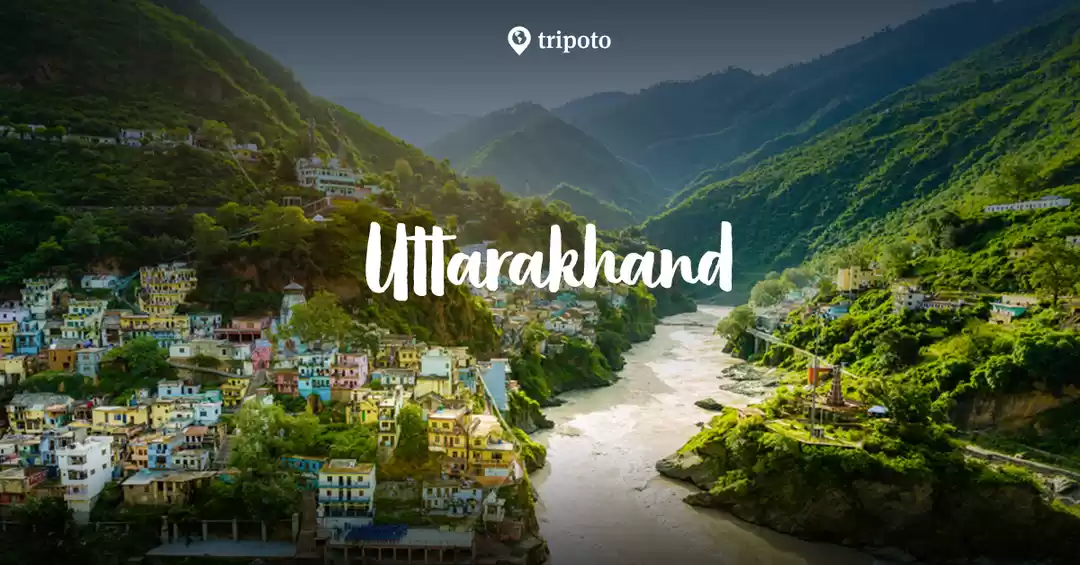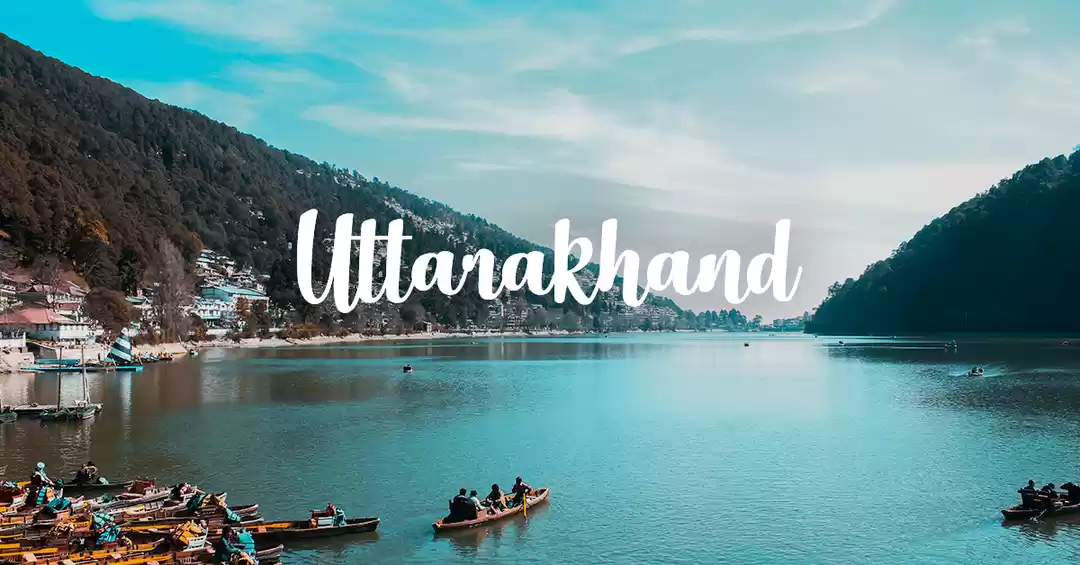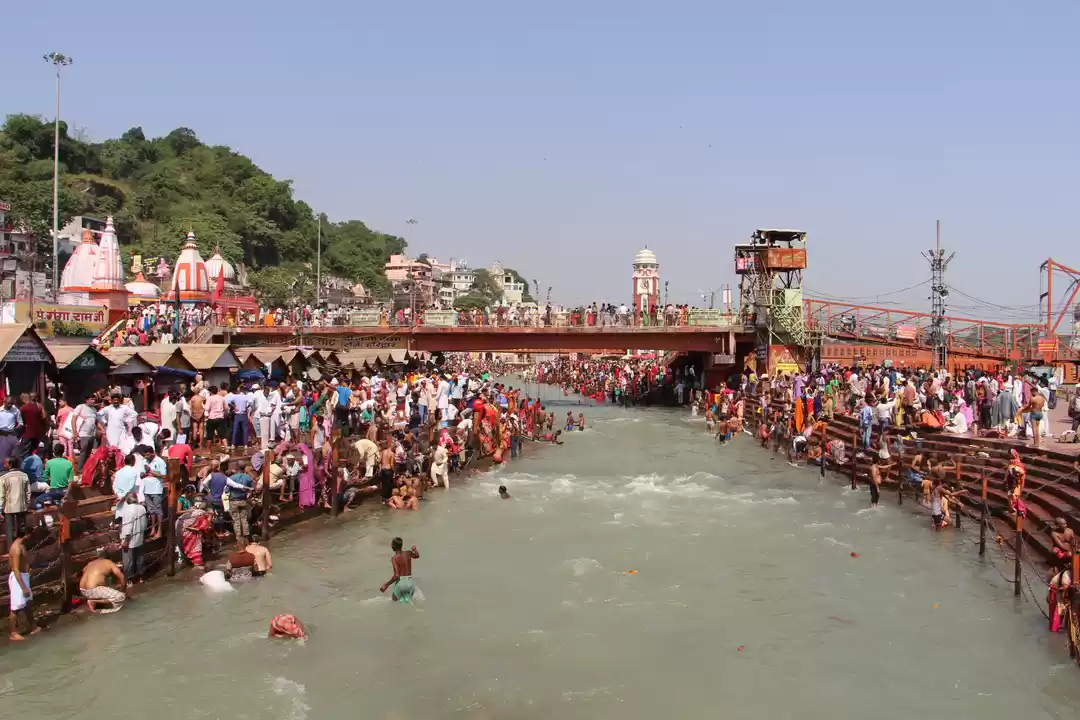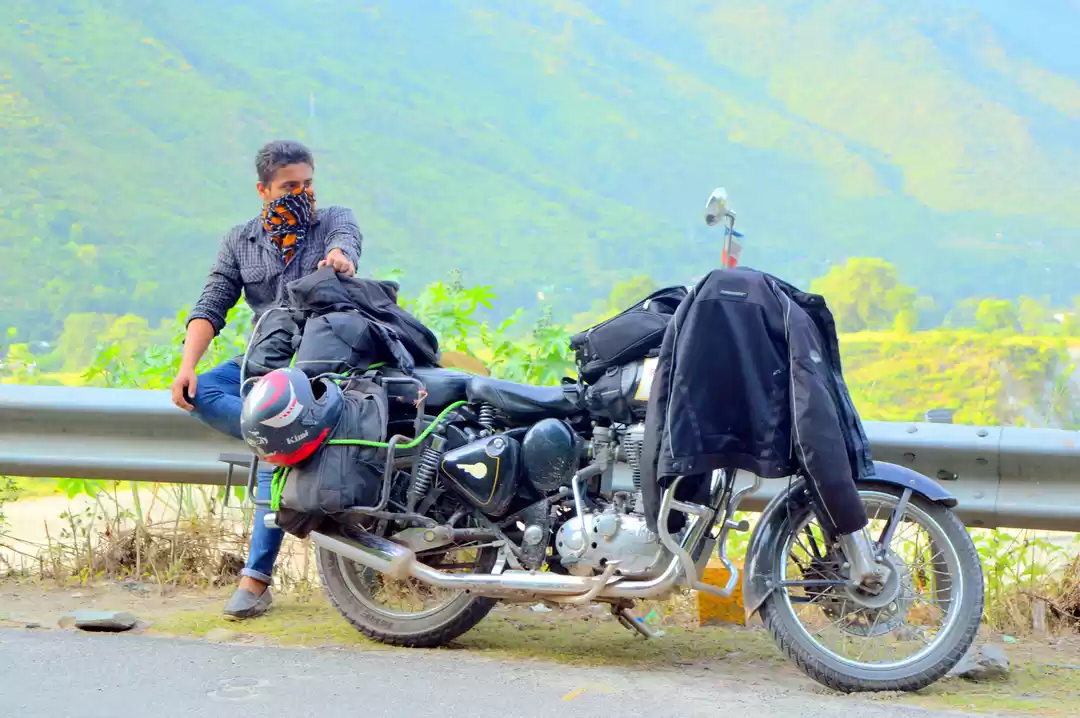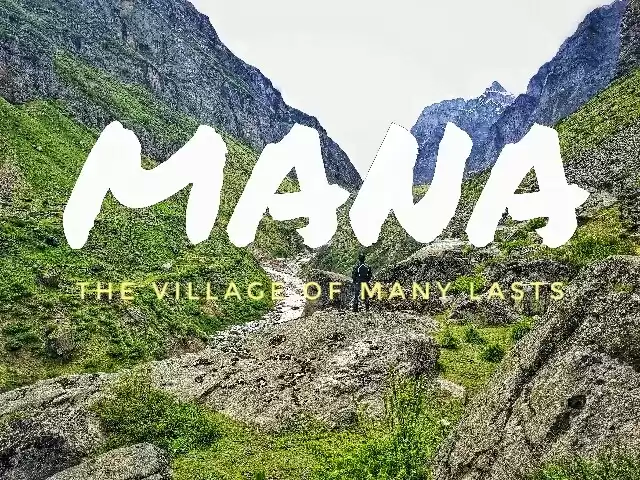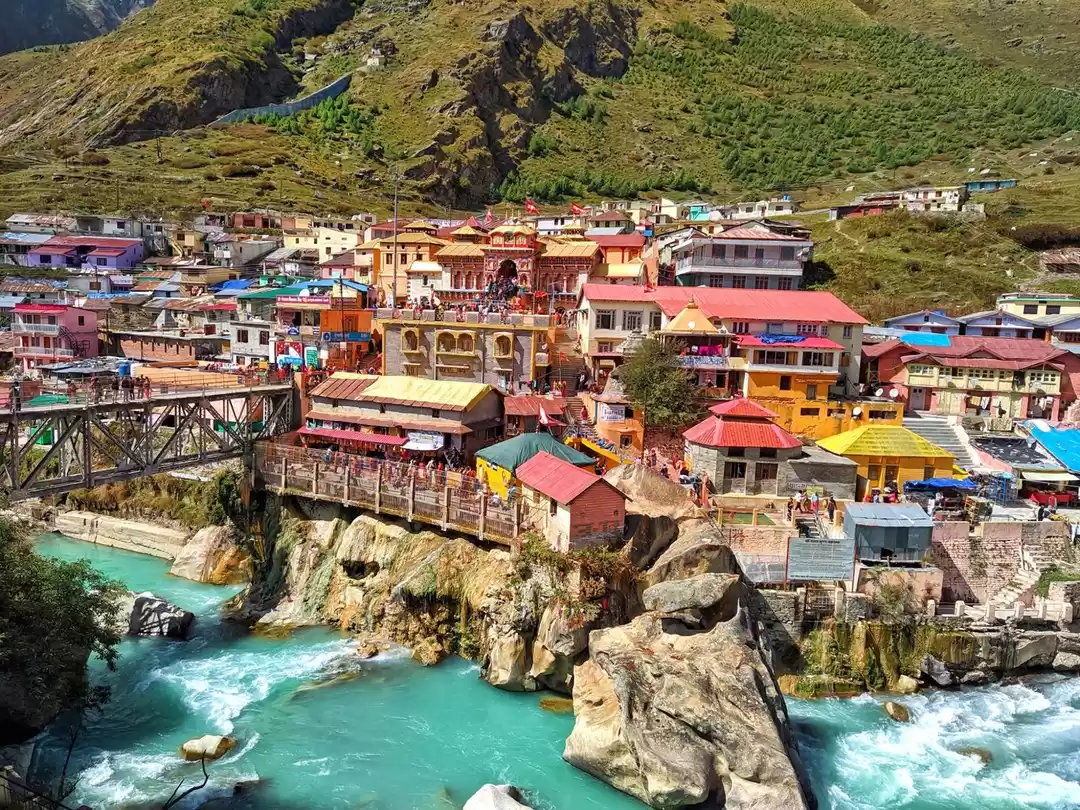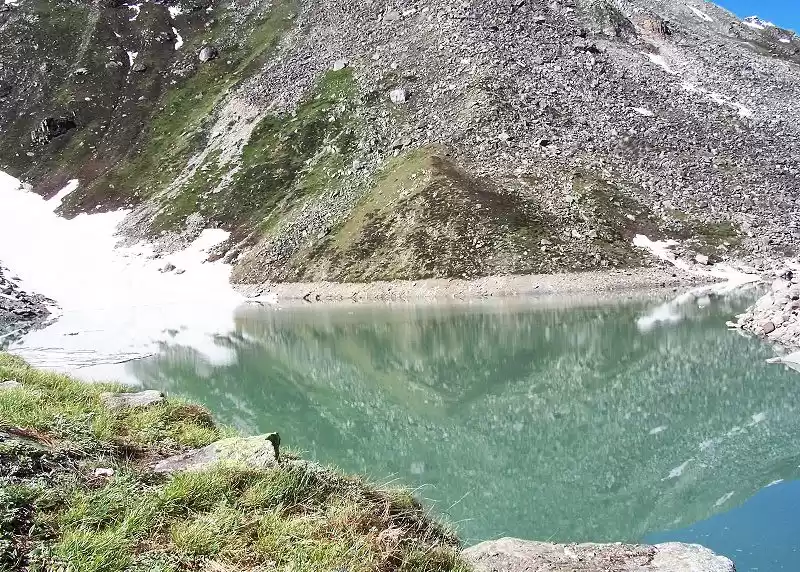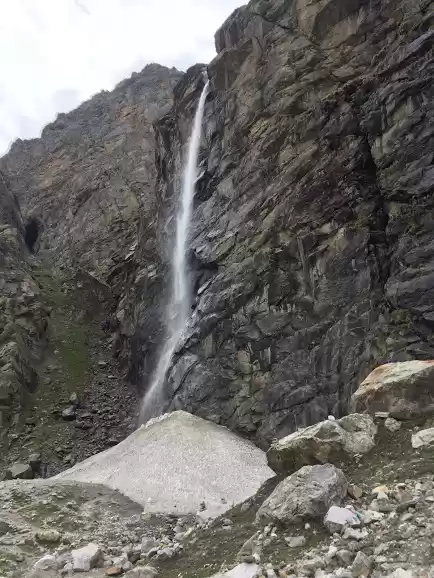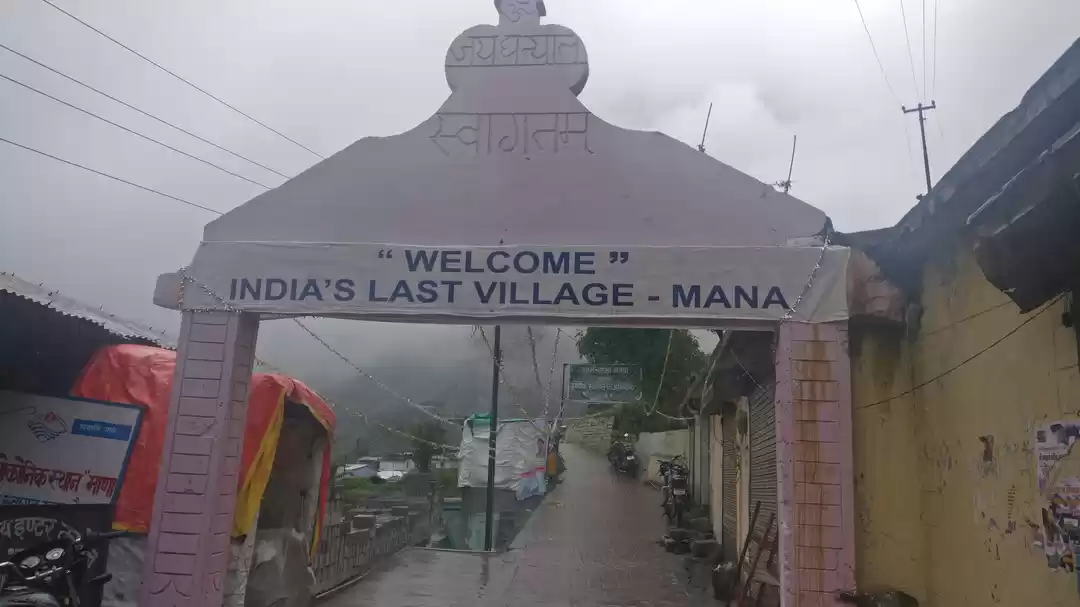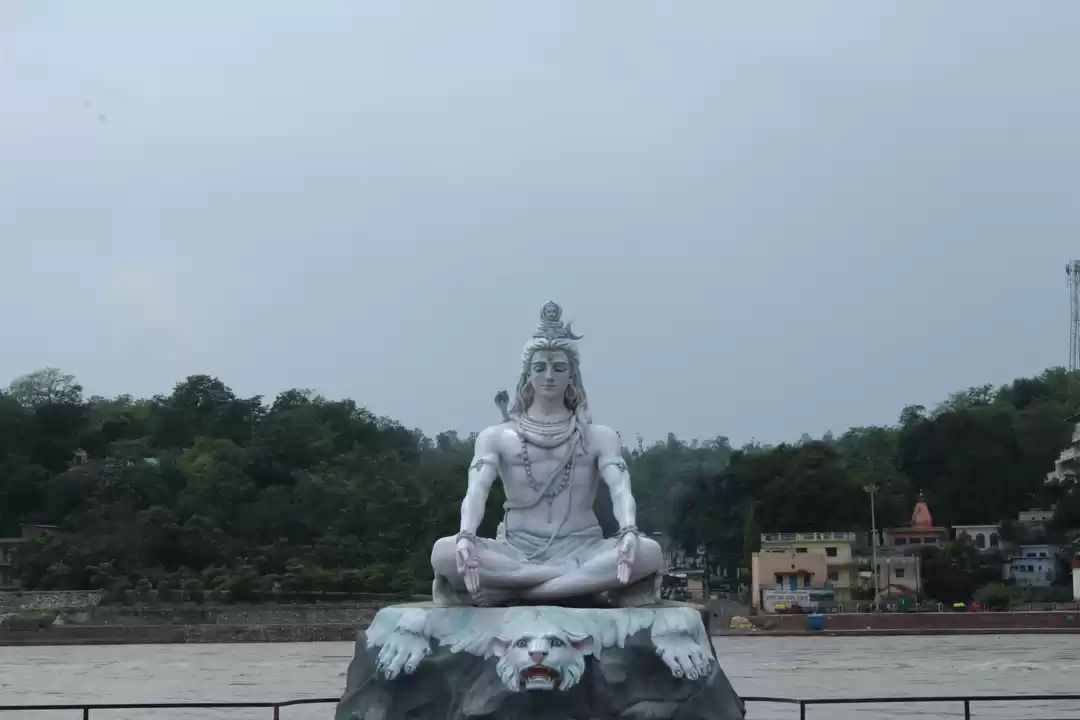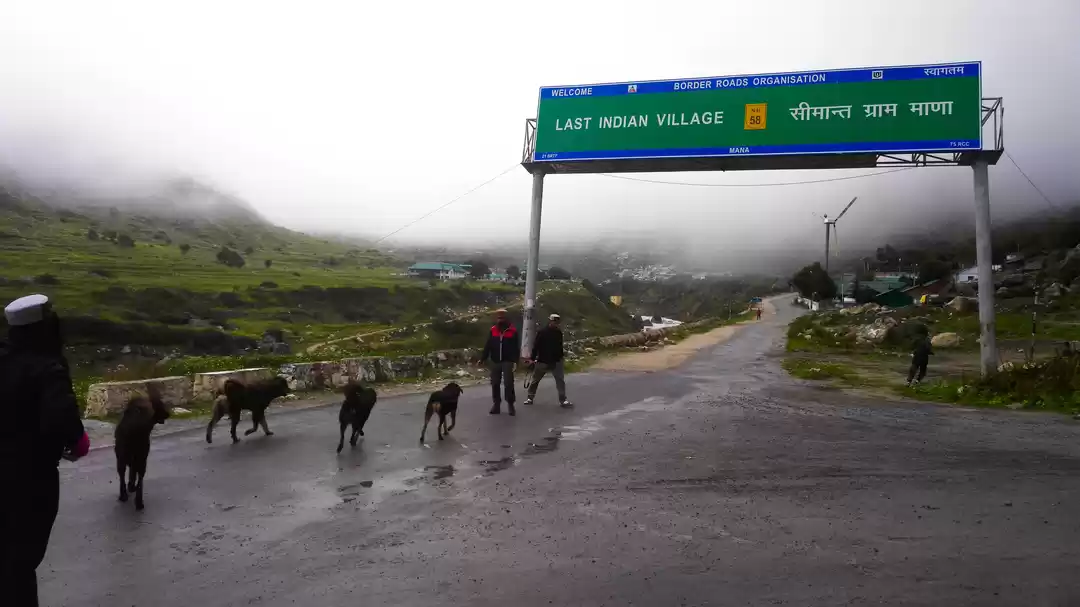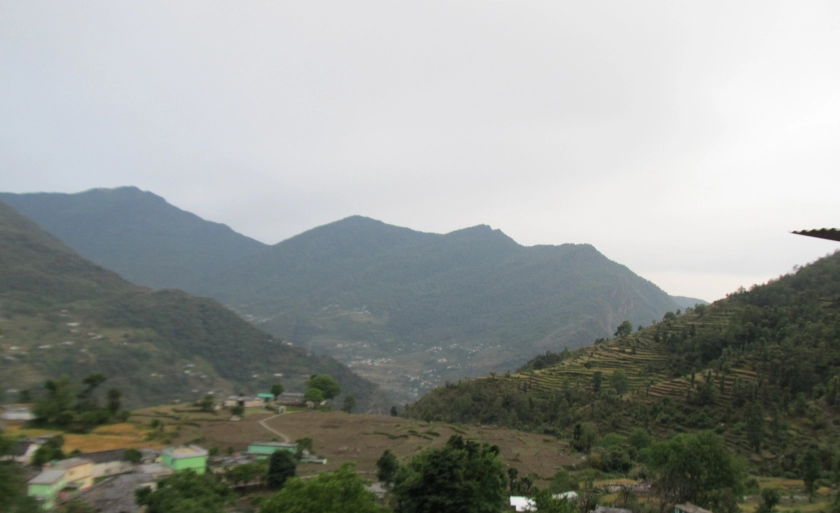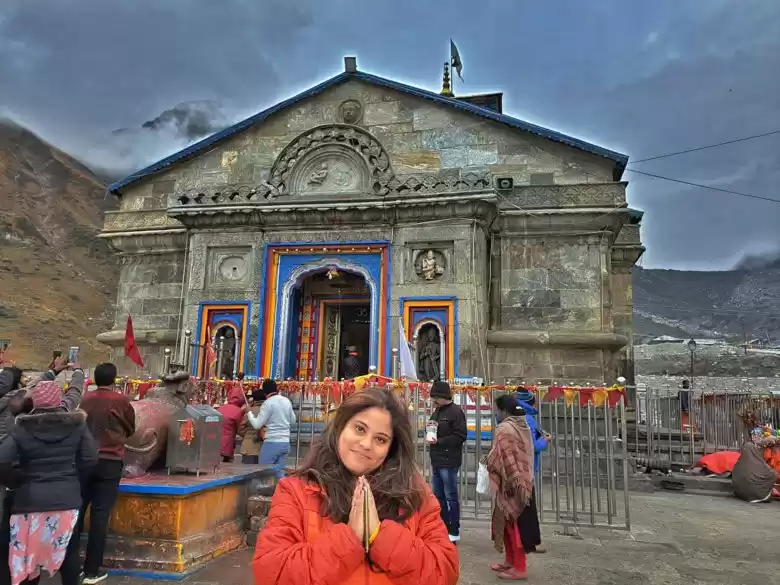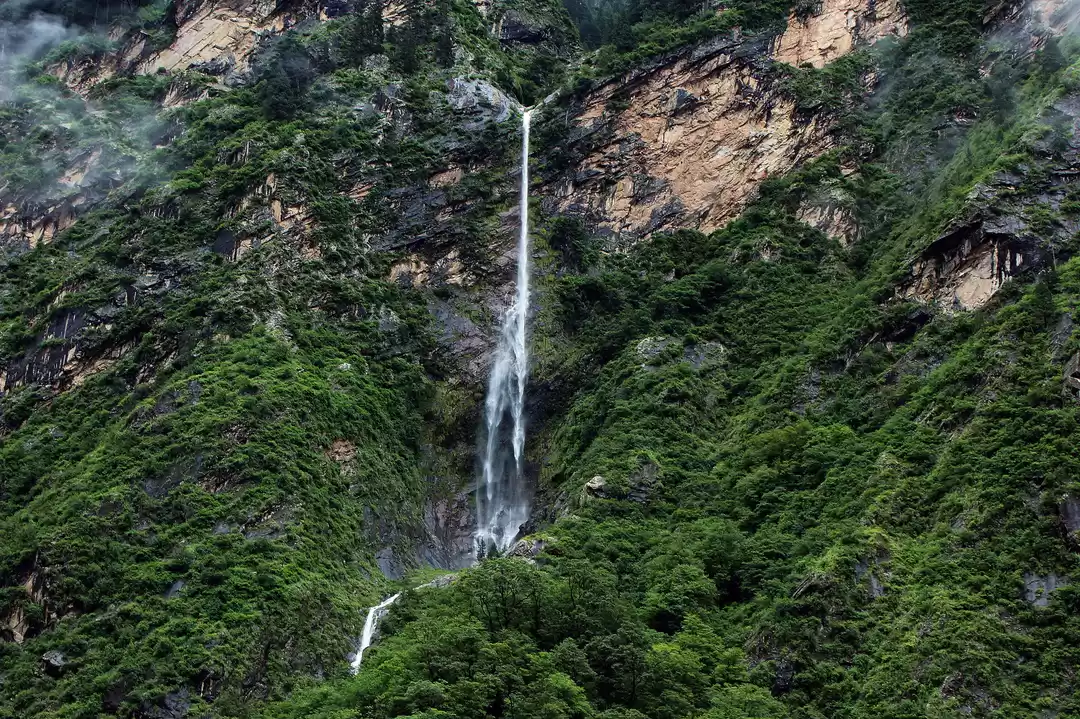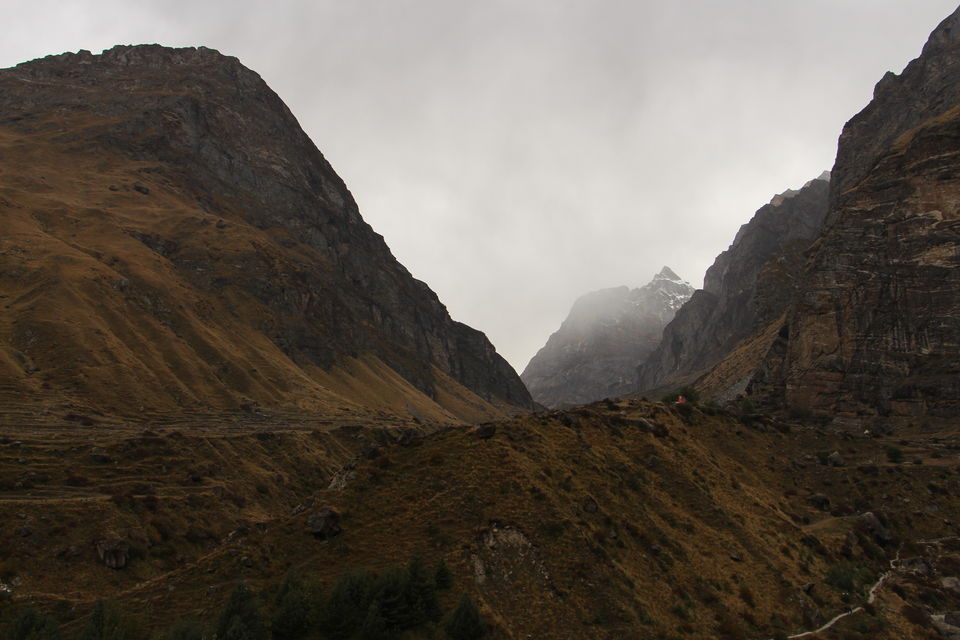
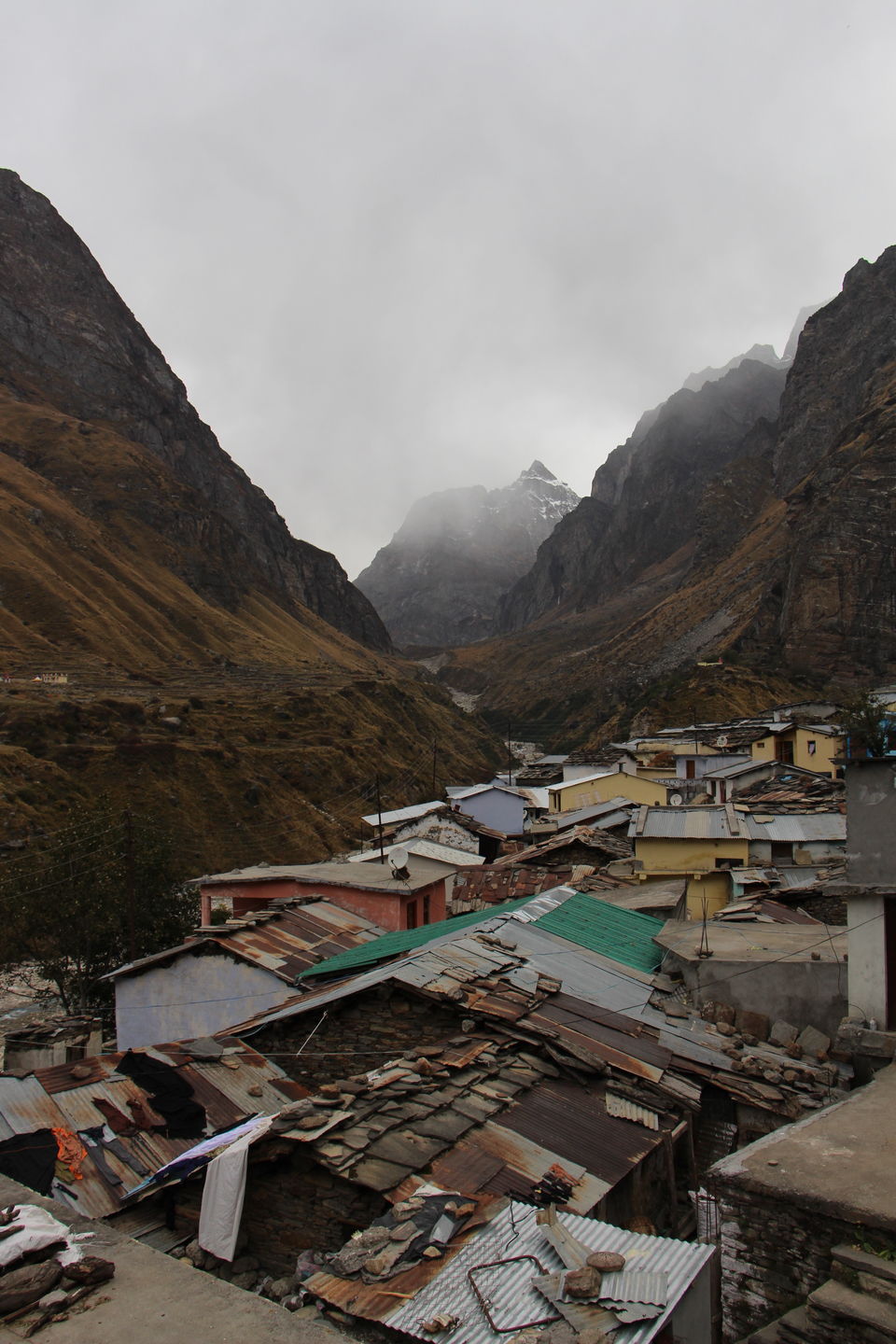
Mana village evokes a particular fascination from the plains until you have not seen it. I had mixed emotions of seeing this place as a village hidden in the corner of the Himalayas, which is inaccessible and mystic. However, with the rapid pace and demand of connecting each village with motorable road especially in the border areas, Mana is highly accessible and easy to reach as long as the traveller can brave the cold weather. After the darshan at the Shri Badrinath Ji shrine, I headed to the Mana village. The road to Mana was flooded with vehicles and tourists, who mostly were intrigued to see the spots associated with the Pandavas in the village, and some for its pristine natural beauty.
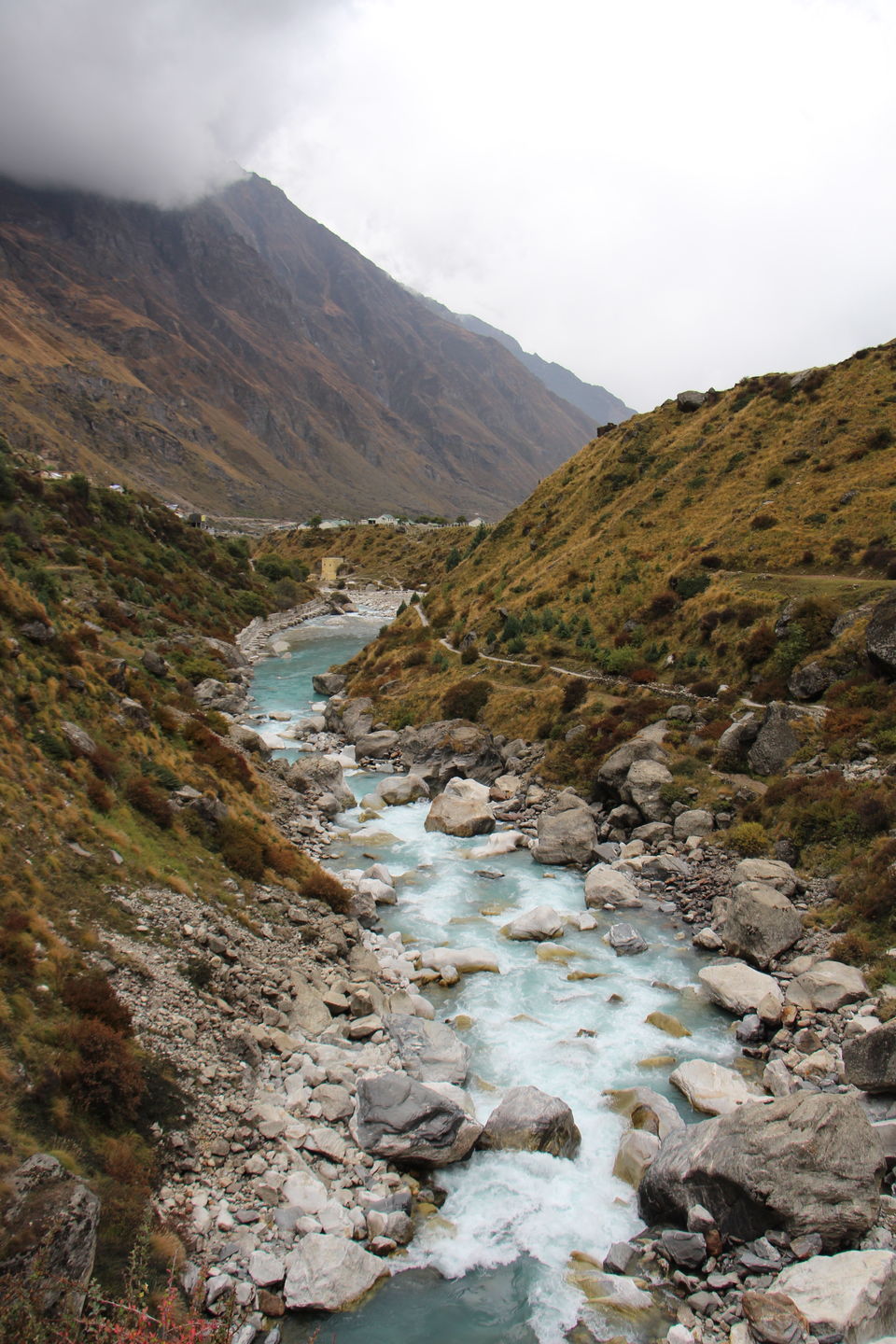
It is located at the end of the National Highway 58, just past the holy shrine of Badrinath in Uttarakhand; a trail meanders up to the village, on the banks of the Alaknanda river, before snaking past the hamlet to the higher reaches of the Himalayas, where mostly the ITBP forces are camped. This trail, according to the Mahabharata epic is the “path to heaven”.
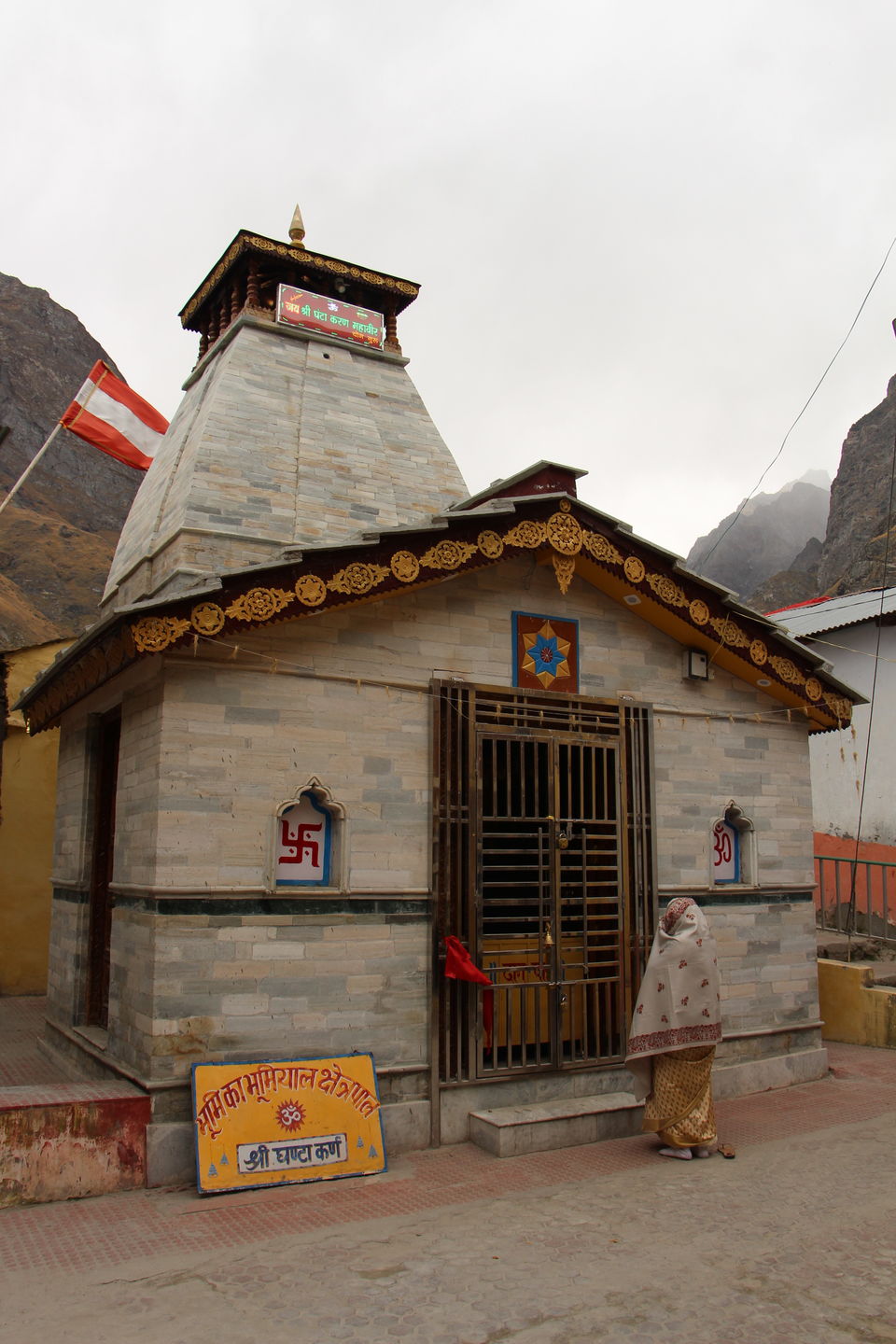
The trail beyond the village connected Tibet with India and was part of the ancient trade route which traded barley, buckwheat, and rock salt for goats and yaks with the Tibetans. The winds of change and mark of growth have reached to Mana as well as many of the traditional homes are giving way to new constructions of cement and iron. Mana is the located on the route which was taken by the Pandavas on the way to heaven. Hence, it has spots associated such as Bhim Pool, Vyas and Ganesh cave, and is visited by the tourists. Currently, there are many trekking routes for adventure seekers as well.
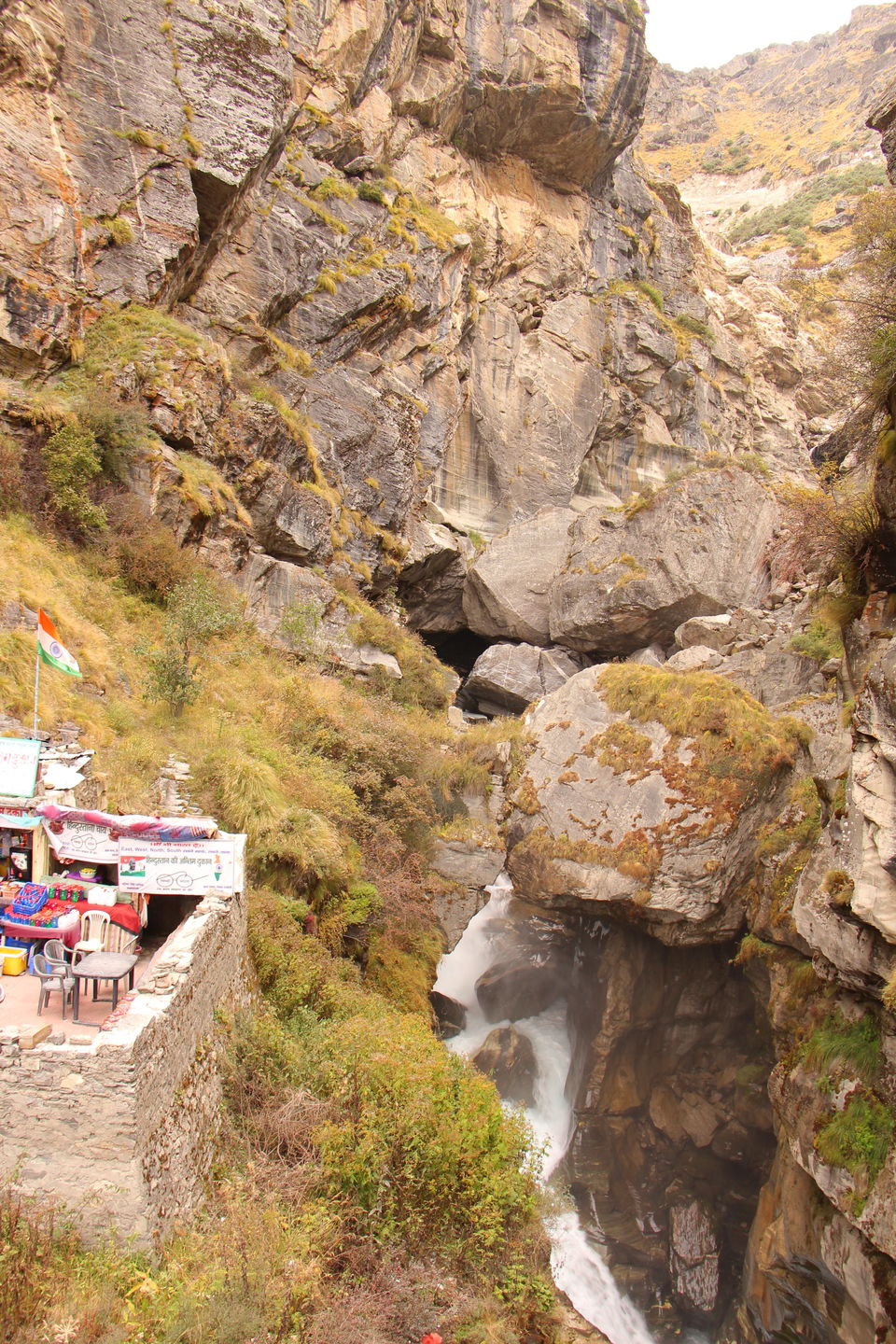
Mana has been facing migration issues. People have moved out in search of employment and livelihood, which makes this area vulnerable to external threats. The village has a cottage industry for woollen handloom products, and many local ladies were selling the products. However, many tourists who spend so much money to reach the village where not much interested in buying the products. I think it is essential that as a responsible tourist and Indian, we should buy products from such remote places, which are useful, can be gifted, and kept as souvenirs, and used as well.
This will promote local area development and help in maintaining populations at such steep terrain. These people and many others living in the higher ridges of Himalayas are our first line of defence together with the border forces which guard the frontiers of India. Tourism combined with responsibility towards local area development and nation building can do wonder. For me, visiting Mana village was a genuinely remarkable and a pleasant experience. I encourage travellers to Mana to buy products from the local weavers and sellers (even by paying an additional premium price of 100-200 rupees) to support the income generating activities and encourage the village cottage industry. I bought a sheep wool shawl, and three wollen caps, which I am using this winter.
